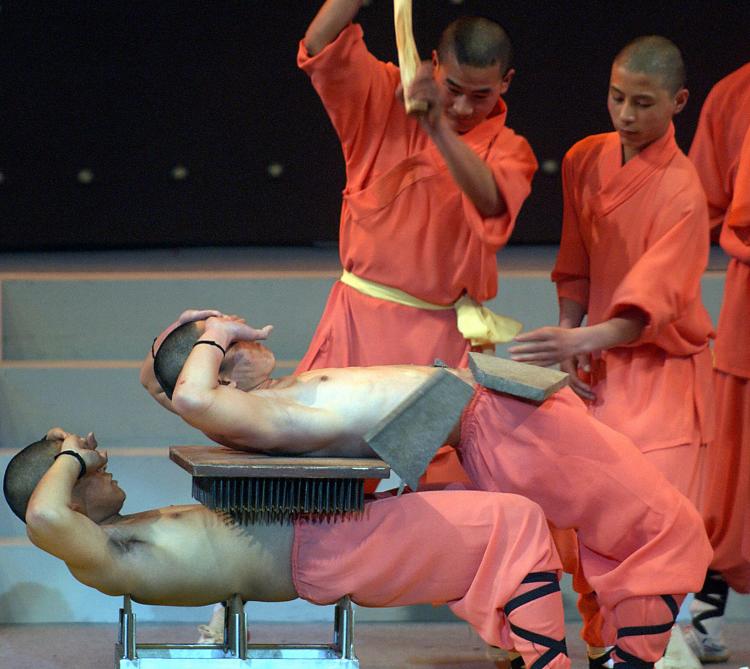Introduction
Health Care, Prevention, and Refinement
It’s an election year and one of the top issues for Americans is health care. That said, the discussion is limited to how much money we are going to throw at this issue. Will it be big government or small government? There are also the holistic health and new age movements that have pushed the idea of natural remedies, illness prevention, and wellness. Live a healthy life and you will be able to prevent illness from arising.
Ambitious approaches like “free health services for all” or “everyone can afford to choose their own coverage” or “just live healthy” each have great qualities for different reasons. However, because the emphasis is put on the illness or wellness, with the goal of a happier and more comfortable life, we are selling ourselves short. Isn’t there more to us than the need to feel good?
What is wrong with the pursuit of health and happiness? Isn’t that the American way? Indeed it is, and it is no longer just the American way. This collective pursuit of comfort, coupled with the advancement in automation through technological innovation, has lead society into a sedentary lifestyle. This greatly contributes to underactive and deconditioned bodies, obesity, more stressful living, a variety of psychological ailments, longer recovery times, and greater susceptibility to future ailments and injuries—quite simply, a lower quality of life for our minds and bodies.
The Centers for Disease Control and Prevention (CDC) has calculated that the number of obese people in America has risen between 20 to 30 percent over the past 10 to 12 years. According to the Department of Health and Human Sciences, as of 2007, only one state (Colorado) had a prevalence of obesity less than 20 percent. Thirty states had a prevalence of equal to or greater than 25 percent; three of these states (Alabama, Mississippi, and Tennessee) had a prevalence of obesity equal to or greater than 30 percent. In short, there is an obesity epidemic.
Obesity Related Diseases
• 80 percent of type 2 diabetes is related to obesity.
• 70 percent of cardiovascular disease is related to obesity.
• 42 percent of breast and colon cancer patients are obese.
• 30 percent of gall bladder surgery is related to obesity.
• 26 percent of obese people have high blood pressure.
To motivate their clients, the health and fitness industry has been touting these frightening statistics for years. And motivated they should be, but not just because we don’t want to be fat and not because we want to feel good.
The world industries frenetically develop and excitedly launch the latest form of technology to enrapture our senses. They produce tantalizing entertainment and great tools to make everything easier and faster. However, there is comparatively little attention and resources going into our highest form of technology and our hottest commodity: the human being.
We are spending copious amounts of money on disease treatment and prevention, but there are comparatively little resources and attention toward refining the human being. While Shaolin monks break bricks and sticks and have spears strike their skin without a cut, they are treated as a circus and not a serious science. In the past few years we have been witnessing an upswing in scientific studies about the concrete benefits of meditation. It is not surprising they are rediscovering what was known in ancient times.
Each one of us is in possession of a miraculous, dynamic, resilient machine that continues to boggle the mind. Its mysteries have been probed for thousands of years, and the search continues today. The great achievements of Western science have progressed at lightening speed. Throughout the course of its history it has tackled very serious challenges. This has overshadowed other approaches to human discovery that were present for thousands of years, such as traditional Chinese medicine and meditation.
This is the first in a series of articles presenting various ancient perspectives and their relation to recent scientific discoveries.
Zenon Dolnnyckyj is a National Academy of Sports Medicine Certified Personal Trainer and former qigong instructor.




Friends Read Free